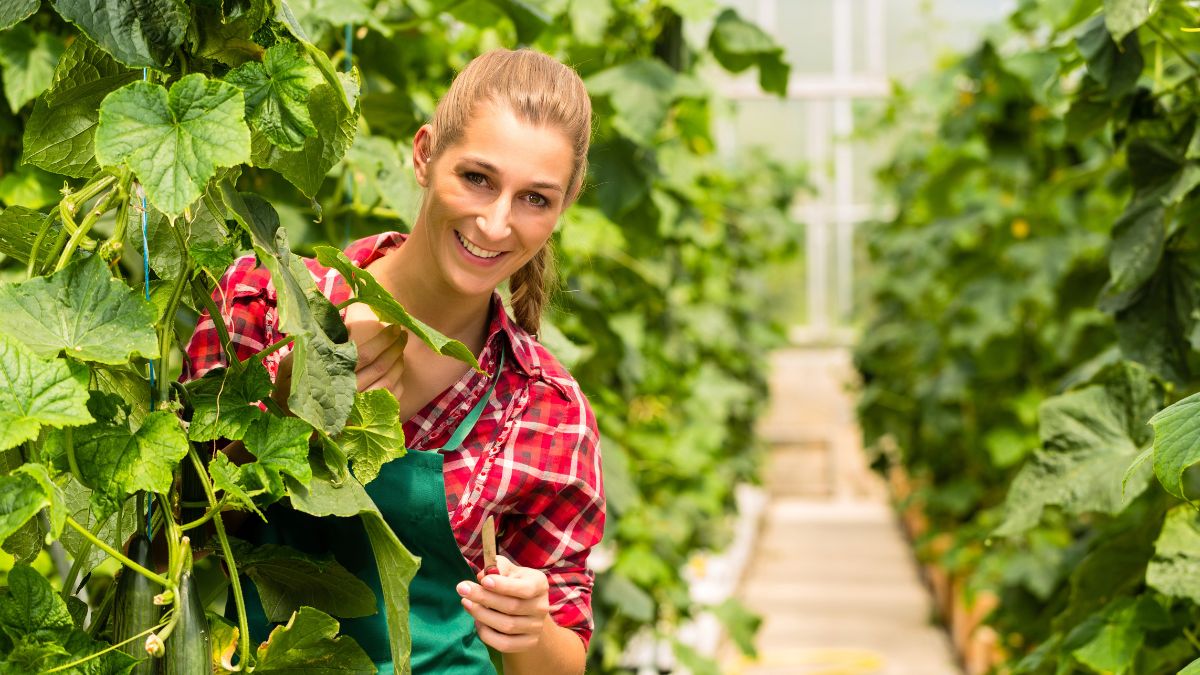Plant Once, Harvest Forever: 15 Perennial Vegetables That Keep Growing Year After Year
Imagine a garden where you plant your vegetables once, and they come back year after year without replanting. That’s the magic of perennial vegetables. Unlike annuals, which need to be planted each season, perennials keep giving with minimal effort.
They’re a time-saver and a sustainable choice, as they help maintain soil health and reduce the need for constant cultivation. Whether you’re a seasoned gardener or just starting out, these vegetables will make your gardening life easier. Let’s dive into 15 perennial vegetables you can plant once and enjoy for years.
Asparagus
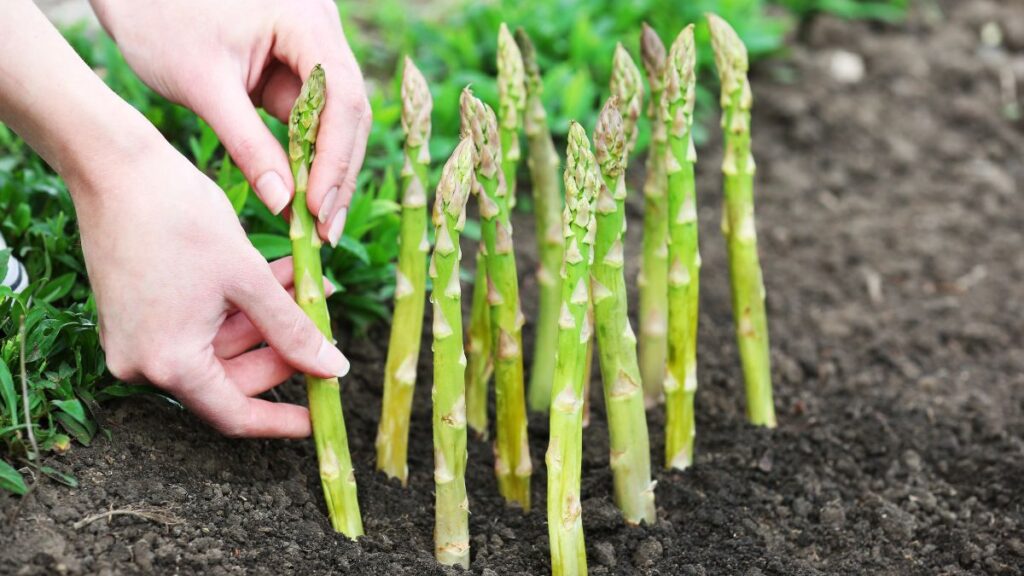
Asparagus is a garden favorite that rewards your patience with tender, delicious spears every spring. Once established, an asparagus bed can be produced for up to 20 years or more. It prefers well-drained soil and a sunny spot, and though it takes a couple of years to establish, the wait is well worth it.
Asparagus plants are low-maintenance and only require yearly cutting back of old ferns. Mulching helps to keep weeds at bay and retains moisture in the soil. With just a little care, asparagus will continue to provide a bountiful harvest each year.
Rhubarb
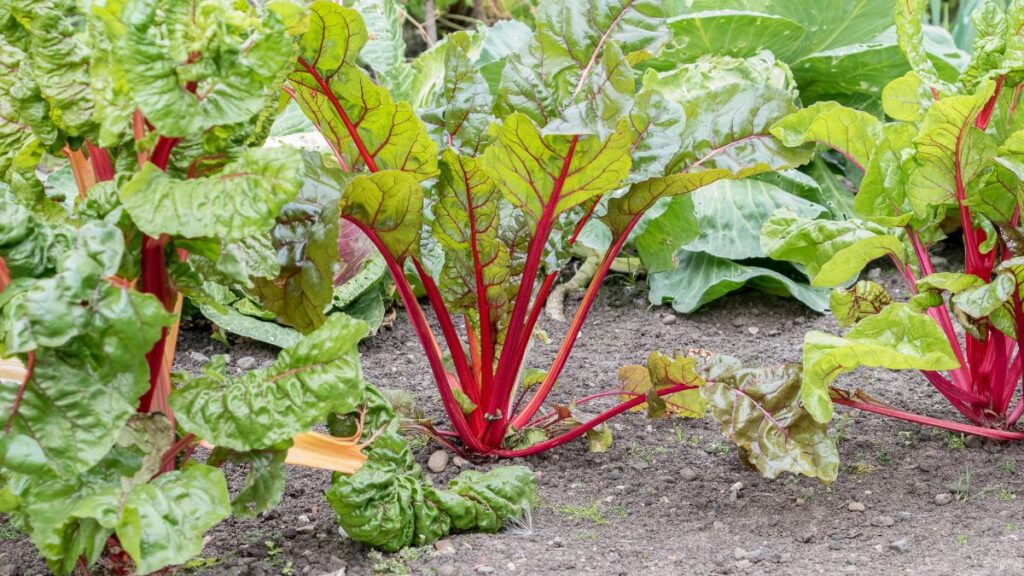
Rhubarb is another perennial vegetable that’s as beautiful as it is productive. Known for its tart stalks, rhubarb is often used in pies, sauces, and jams. Once planted, rhubarb can thrive for decades with minimal care.
Rhubarb is best planted in a sunny spot with plenty of space, as the plants can grow quite large. Its broad leaves help suppress weeds, making it an easy addition to any garden. Just remember, only the stalks are edible—rhubarb leaves are toxic.
Jerusalem Artichokes
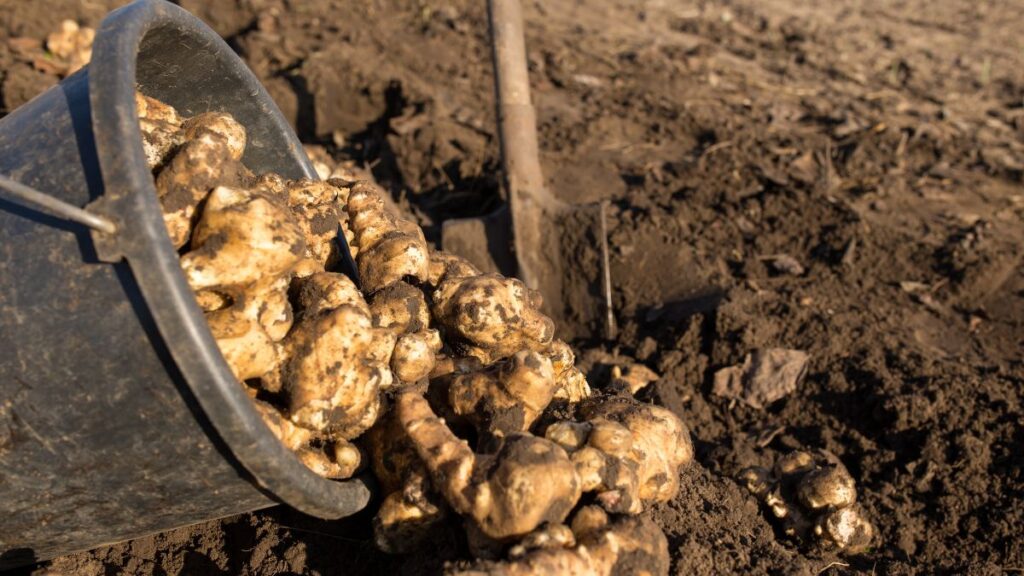
Also known as sunchokes, Jerusalem artichokes are hardy root vegetables that grow underground. These tubers have a nutty, slightly sweet flavor and are great roasted, sautéed, or even eaten raw.
Once planted, Jerusalem artichokes spread quickly and can become somewhat invasive, so it’s best to plant them in a contained area. They are very low maintenance and can be harvested in the fall after the first frost. They’ll keep coming back year after year, providing a reliable and abundant harvest.
Horseradish
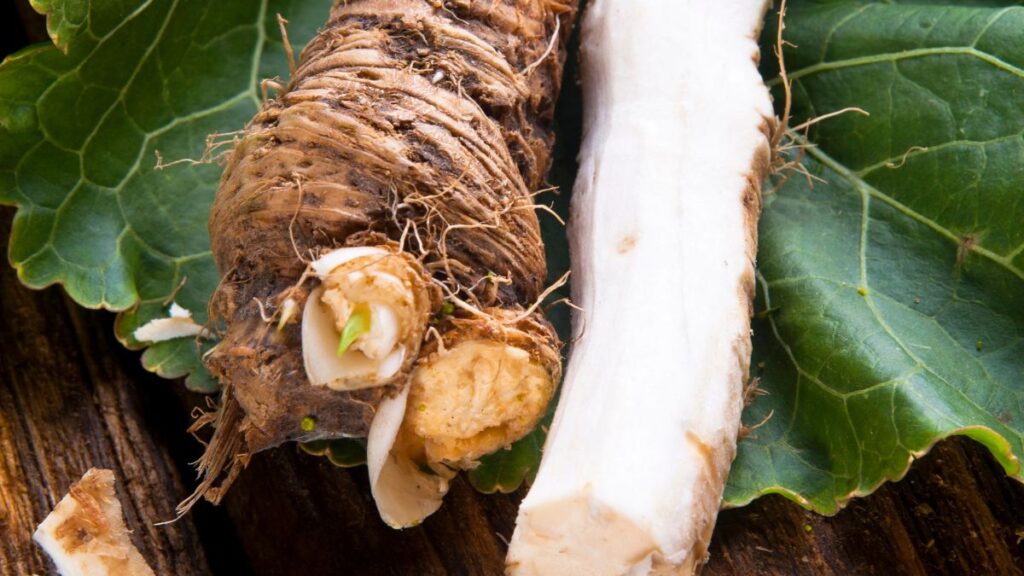
Horseradish is a spicy root vegetable that’s easy to grow and even easier to maintain. Once planted, it spreads rapidly and can become a permanent fixture in your garden. Horseradish thrives in well-drained soil and full sun but can tolerate partial shade.
The roots are harvested in the fall, and a small piece can be replanted to keep the cycle going. Horseradish adds a zesty kick to sauces and dishes, and its perennial nature makes it a must-have for any garden.
Sorrel

Sorrel is a leafy green with a tangy, lemony flavor that’s perfect for salads, soups, and sauces. This hardy perennial can be harvested from early spring through late fall. Sorrel prefers a sunny spot but can tolerate partial shade, and it grows best in rich, well-drained soil.
Once established, it requires little maintenance other than occasional watering during dry spells. Sorrel is a vigorous grower and will keep producing for years, making it a fantastic addition to any perennial garden.
Artichokes
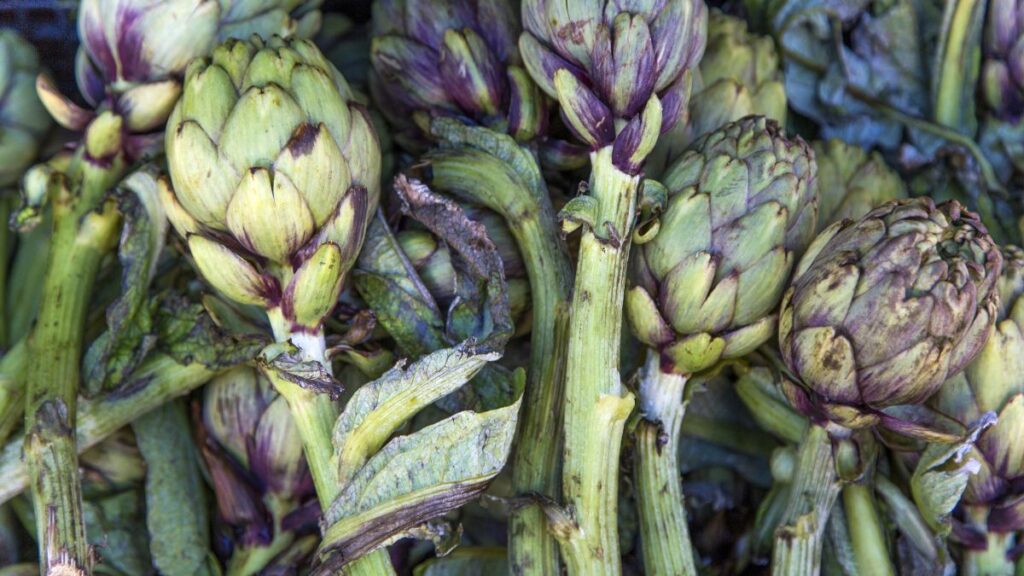
Artichokes are a striking perennial vegetable known for their large, edible flower buds. They thrive in warm climates and can produce for several years once established.
Artichokes prefer well-drained soil and plenty of sun and benefit from regular watering and mulching. The plants are productive and beautiful, adding a touch of elegance to any garden. Artichokes will return each year with minimal care, offering a unique and delicious harvest.
Garlic Chives
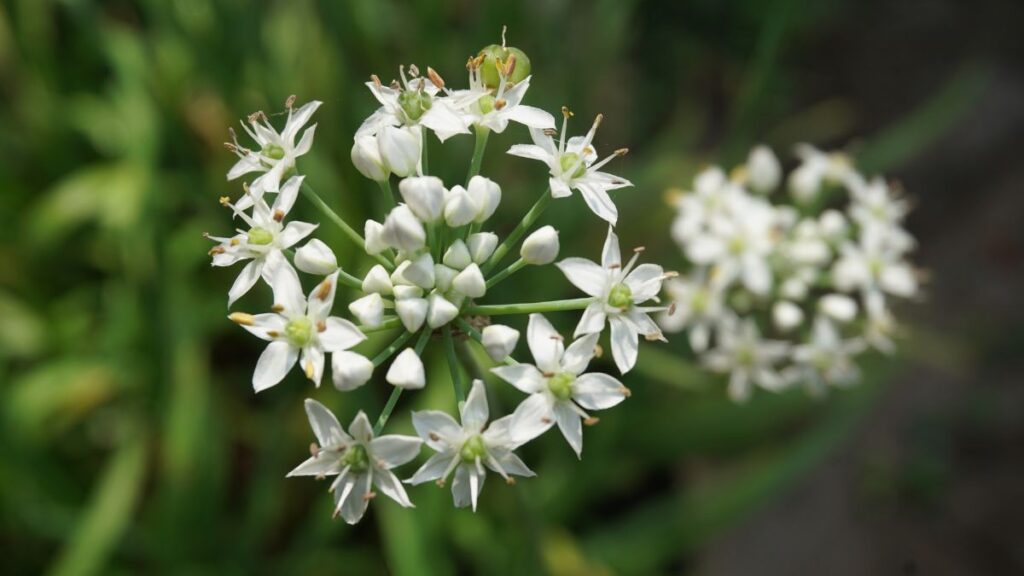
Garlic chives are a versatile perennial herb with a mild garlic flavor that complements many dishes. Unlike regular chives, garlic chives have flat, broad leaves and produce edible white flowers.
Garlic chives are easy to grow and require little more than a sunny spot and occasional watering. They are low maintenance and can be harvested throughout the growing season. Once established, they’ll spread slowly and continue to provide flavorful leaves and flowers year after year.
Lovage
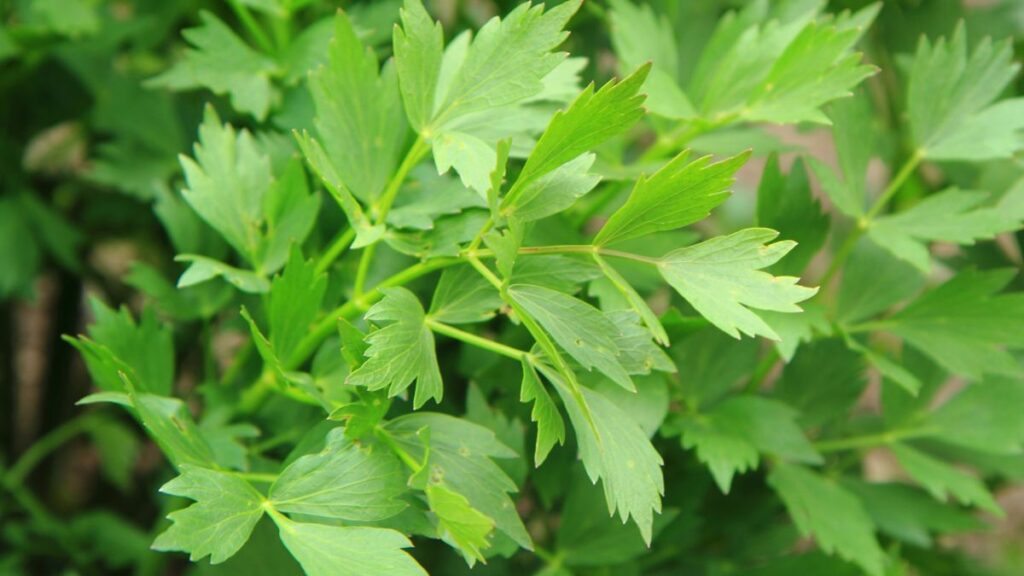
Lovage is a perennial herb that’s often compared to celery but with a more intense flavor. The leaves and stems are edible and perfect for adding depth to soups, stews, and salads.
Lovage is a robust plant that can grow quite tall, so it’s best placed at the back of a garden bed. It thrives in well-drained soil and a sunny location but can tolerate some shade. Once established, lovage is very low maintenance and will keep coming back year after year with minimal effort.
Walking Onions

Walking onions, also known as Egyptian onions, are a unique perennial that multiplies on its own. Instead of producing seeds, these onions grow small bulbs at the top of their stems, eventually falling over and taking root, creating a new plant.
Walking onions are incredibly hardy and can grow in a variety of conditions, including poor soil and partial shade. They’re low maintenance and can be harvested throughout the year. Because they self-propagate, walking onions will continue to spread and provide a reliable harvest for years to come.
Good King Henry
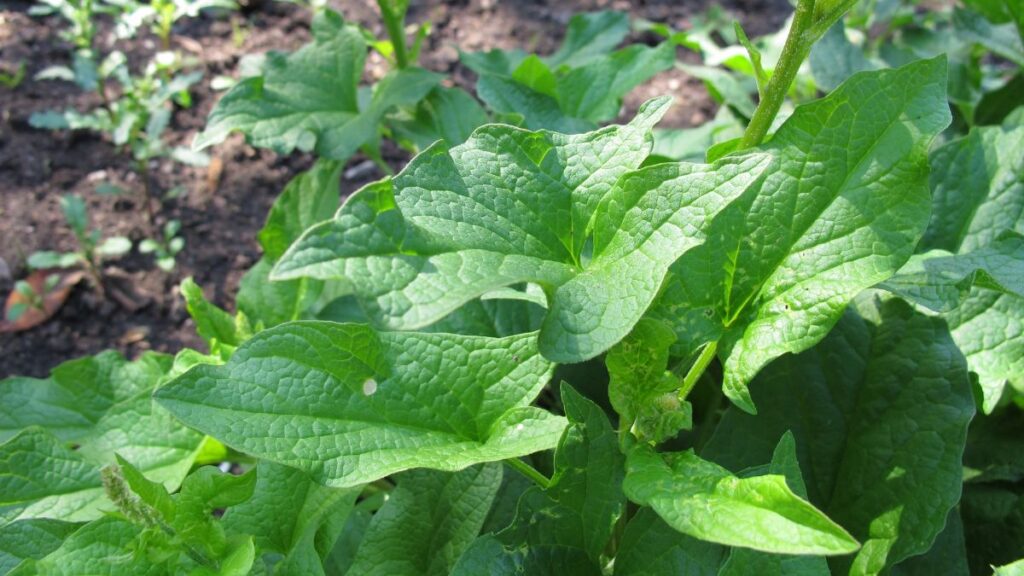
Good King Henry is an old-fashioned perennial vegetable that was once a staple in European gardens. Its tender leaves can be used like spinach, and the shoots are similar to asparagus.
Good King Henry is easy to grow and thrives in well-drained soil and partial shade. It’s a hardy plant that requires little maintenance beyond occasional watering. Once established, it will return year after year, providing a continuous supply of nutritious greens.
Sea Kale
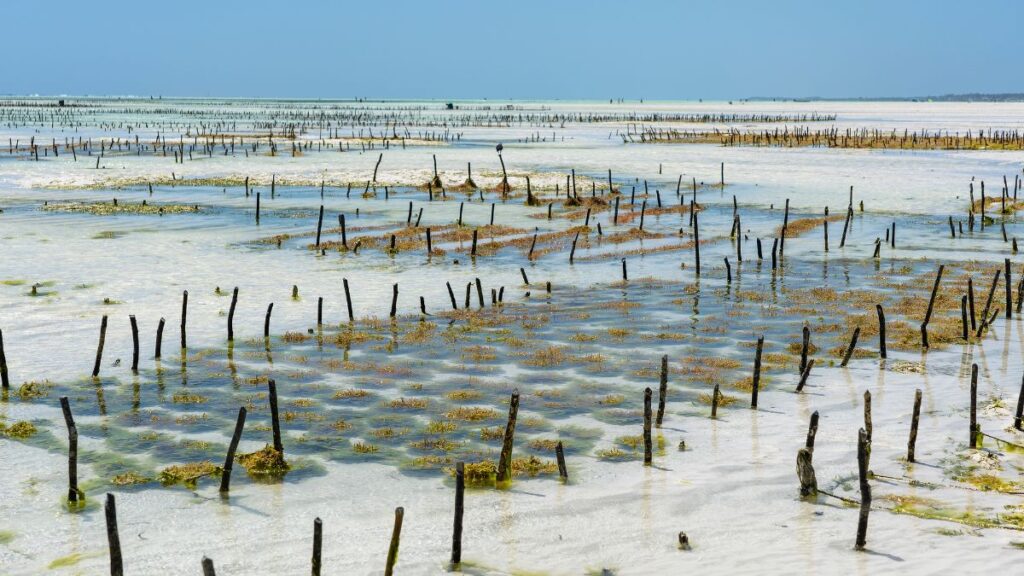
Sea kale is a coastal plant that’s becoming increasingly popular in gardens due to its hardiness and unique flavor. The young shoots are blanched and eaten like asparagus, while the leaves can be used like cabbage. Sea kale prefers well-drained soil and full sun but can tolerate salty conditions, making it ideal for coastal gardens.
Sea kale is a low-maintenance plant that produces year after year with minimal care. It’s a great choice for gardeners looking to add something different to their perennial vegetable collection.
Perennial Kale
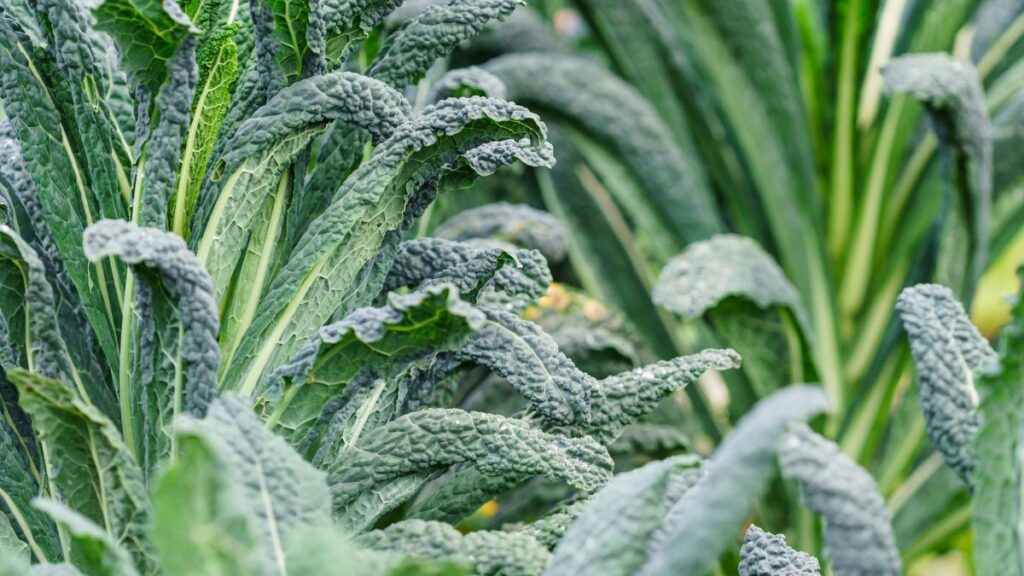
Perennial kale, often referred to as tree kale, is a long-lived plant that produces tender leaves year-round. Unlike annual kale, which needs to be replanted each season, perennial kale keeps growing and producing for several years.
It’s a hardy plant that can withstand cold temperatures and poor soil conditions. Perennial kale prefers a sunny spot but can tolerate partial shade. With minimal care, it will continue to provide a bountiful harvest of nutrient-rich leaves year after year.
Oca

Oca is a tuberous vegetable from the Andes that’s gaining popularity for its unique flavor and ease of growth. The tubers can be eaten raw or cooked and have a slightly tangy taste. Oca is a low-maintenance plant that thrives in well-drained soil and full sun.
Once planted, it will produce a harvest each fall, and any leftover tubers will sprout the following spring. Oca is a great addition to a perennial garden, offering a reliable and tasty harvest year after year.
Skirret
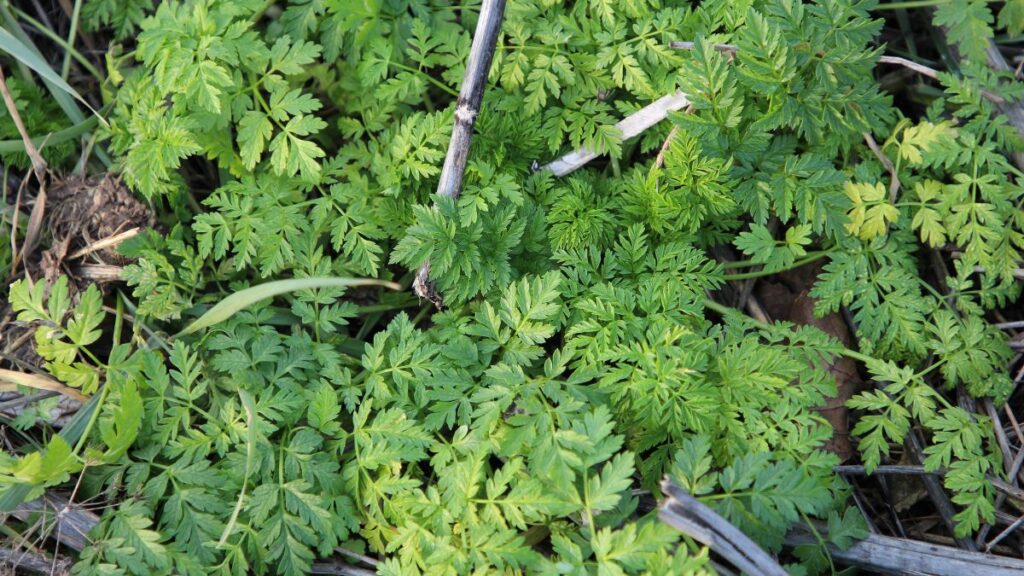
Skirret is an ancient root vegetable that was popular in medieval Europe. It produces sweet, white roots that are deliciously roasted, boiled, or used in soups. Skirret is a hardy perennial that grows best in moist, well-drained soil and full sun.
It requires little maintenance beyond regular watering during dry spells. Once established, skirret will continue to produce roots each year, making it a unique and tasty addition to any garden.
Bunching Onions
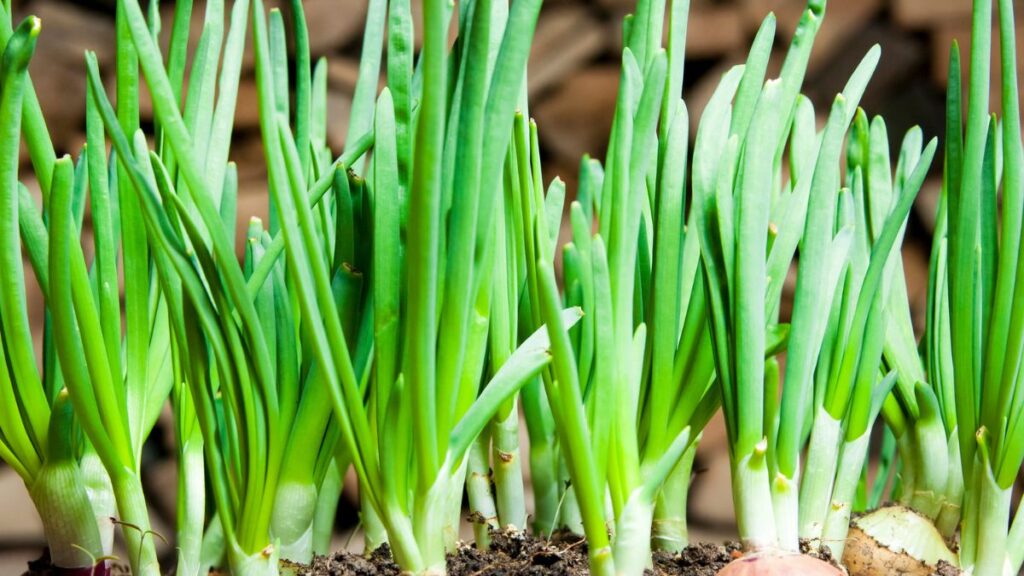
Bunching onions, also known as scallions or spring onions, are a perennial favorite in many gardens. Unlike regular onions, which form a large bulb, bunching onions produce clusters of small, tender stalks that can be harvested year-round.
They’re easy to grow and require little more than a sunny spot and occasional watering. Bunching onions spread slowly over time, ensuring a continuous supply without replanting. With their mild flavor and ease of growth, bunching onions are a must-have for any perennial vegetable garden.
Eating Right With Type 2 Diabetes: Stay Away From These 15 Foods

Managing type 2 diabetes involves making careful food choices to keep your blood sugar levels stable. Some foods can cause your blood sugar to spike, making it harder to manage your diabetes.
Eating Right With Type 2 Diabetes: Stay Away From These 15 Foods
15 Foods That Are Becoming Too Expensive To Buy Due To Skyrocketing Prices

Food costs have been steadily rising in recent years, impacting households worldwide. Various factors, such as climate change, supply chain disruptions, and increased demand, have contributed to the soaring prices of many staple foods.
15 Foods That Are Becoming Too Expensive To Buy Due To Skyrocketing Prices

